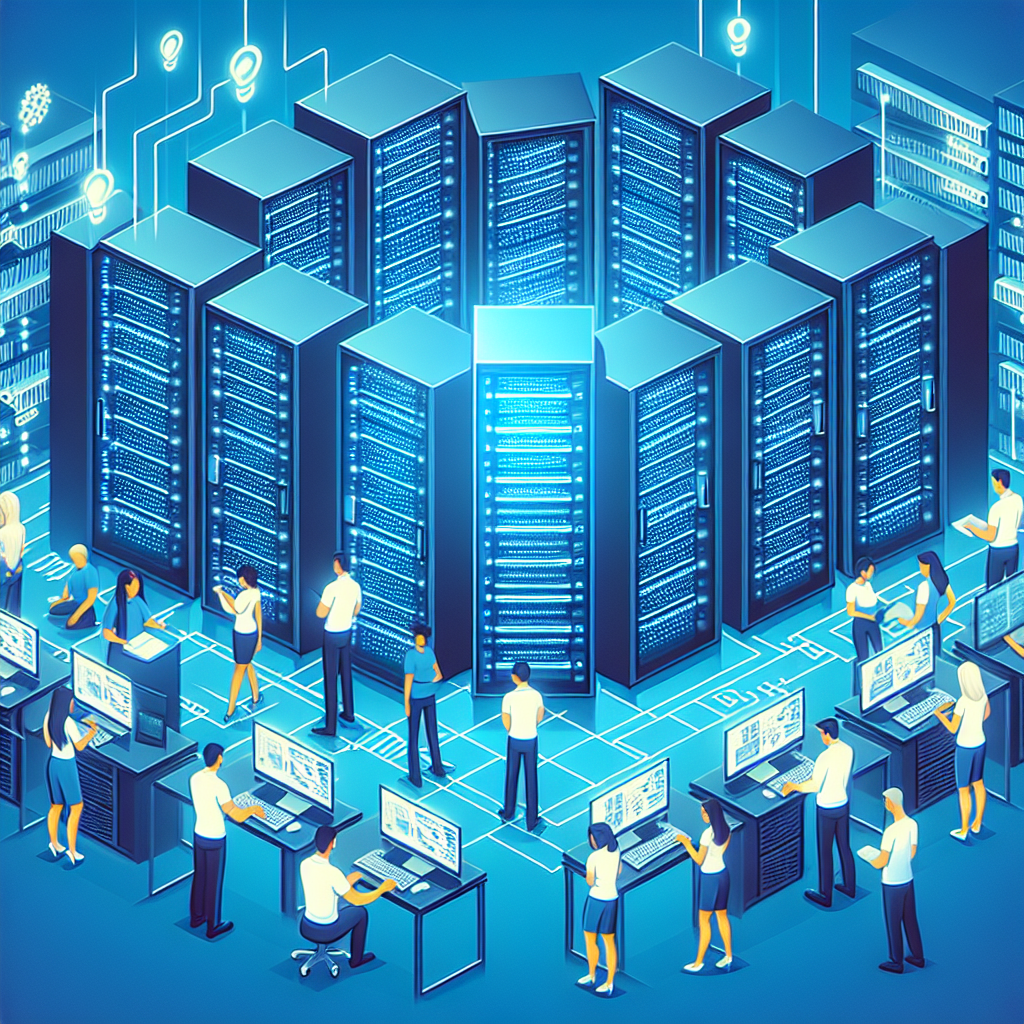Your cart is currently empty!
The Role of Infrastructure Redundancy in Data Center Business Continuity

In today’s digital age, data centers play a crucial role in ensuring the smooth operation of businesses. These facilities house the servers, storage devices, networking equipment, and other critical components that support the IT infrastructure of organizations. In order to minimize downtime and ensure business continuity, data centers must have a robust infrastructure in place. One key aspect of this infrastructure is redundancy.
Infrastructure redundancy refers to the duplication of critical components within a data center to ensure that there are backup systems in place in case of a failure. This redundancy is essential for maintaining high availability and reliability of the data center. Without redundancy, a single point of failure could bring down the entire operation, resulting in costly downtime and potential loss of data.
There are several key components of a data center that require redundancy to ensure business continuity. These include power systems, cooling systems, networking equipment, and storage devices. By implementing redundant systems for each of these components, data centers can minimize the risk of downtime and ensure that critical services remain operational even in the event of a failure.
Power systems are perhaps the most critical component of a data center, as they provide the electricity needed to run the servers and other equipment. Redundant power systems, such as backup generators and uninterruptible power supplies (UPS), can ensure that the data center remains operational even in the event of a power outage. In addition, power distribution units (PDUs) can be configured in a redundant manner to ensure that power is delivered to all equipment without interruption.
Cooling systems are another important component of a data center that require redundancy. High temperatures can cause equipment to overheat and fail, leading to downtime and potential data loss. Redundant cooling systems, such as air conditioning units and chillers, can ensure that the data center remains at the optimal temperature even if one system fails.
Networking equipment, such as routers, switches, and firewalls, are also critical components of a data center that require redundancy. Redundant networking equipment can ensure that data can continue to flow smoothly within the data center and to external networks even in the event of a failure.
Storage devices, such as hard drives and solid-state drives, are also critical components of a data center that require redundancy. Redundant storage systems, such as RAID arrays and backup systems, can ensure that data remains accessible even if one storage device fails.
Overall, infrastructure redundancy plays a crucial role in ensuring the business continuity of data centers. By implementing redundant systems for power, cooling, networking, and storage, data centers can minimize the risk of downtime and ensure that critical services remain operational. In today’s fast-paced digital world, where downtime can have serious financial and reputational consequences, infrastructure redundancy is a must-have for data centers.

Leave a Reply